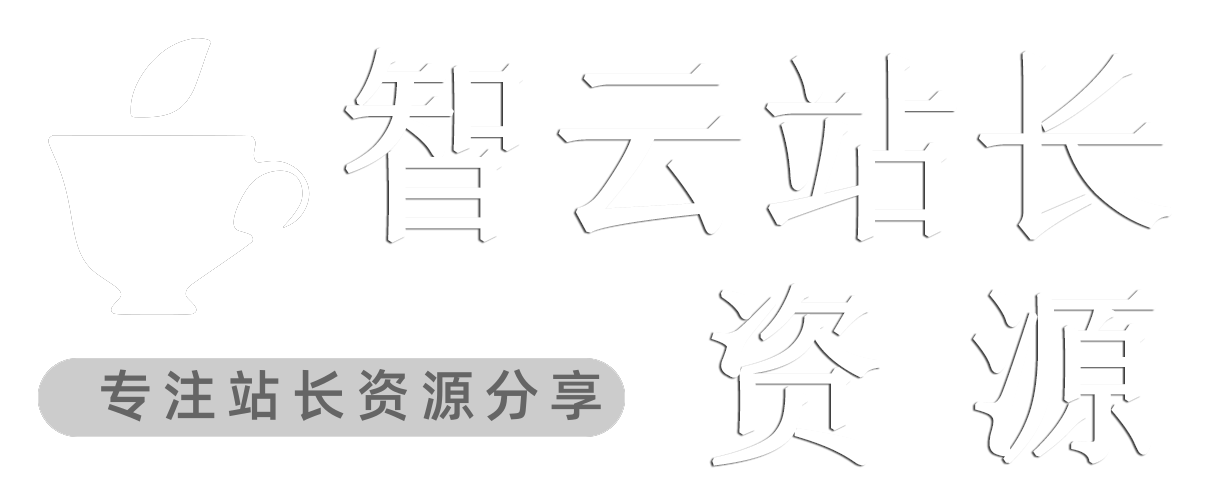django模板层(前端渲染、过滤器、标签控制、模板继承)
模板渲染
后端:
在render解析时加入方法locals,可以将函数中的参数传递给前端
python">def test(request):
name = '张三'
age = 18
return render(request,'app01/test.html',locals())
前端:
用{{ }}接受参数,并渲染在前端页面上
<body>
<p>{{ name }}</p>
<p>{{ age }}</p>
</body>
八大基础数据类型渲染
def test(request):
# 【一】字符串类型的数据
name = "张三"
# 【二】数字类型的数据
# (1)整数
age = 18
# (2)浮点数 : 如果是0精确度只能到小数点后一位
salary = 100.6666666
# 【三】列表类型
num_list = [1, 2, 3, 4, 5, 6, 7]
# 【四】字典类型的数据
user_data = {"username": "dream", "password": "521521", "age": 1888, "hobby": ["music", "sport", "walk"],
"addr": {"country": "China", "location": "Shanghai"}}
# 【五】布尔类型
is_right = True
# 【六】元组类型
num_tuple = (1, 2, 3, 4, 5)
# 【七】集合类型
num_set = {1, 2, 3, 4, 5, 5, 5}
return render(request,'app01/test.html',locals())
<body>
<p>字符串:{{ name }}</p>
<p>整数:{{ age }}</p>
<p>浮点:{{ salary }}</p>
<p>列表:{{ num_list }}</p>
<p>字典:{{ user_data }}</p>
<p>布尔:{{ is_right }}</p>
<p>元组:{{ num_tuple }}</p>
<p>集合:{{ num_set }}</p>
</body>
渲染结果:
渲染函数与类
函数
def test(request):
def one():
content = 10
def two():
return 2+2
return render(request,'app01/test.html',locals())
<body>
<p>无返回值函数:{{ one }}</p>
<p>有返回值函数:{{ two }}</p>
</body>
渲染结果:
类
def index(request):
class index(object):
def __init__(self,name,age):
self.name = name
self.age = age
def fun1(self):
return '绑定对象方法'
@classmethod
def fun2(cls):
return '绑定类方法'
@staticmethod
def fun3():
return '非绑定方法'
def __str__(self):
return '这是index类'
my_index = index(name="张三",age=18)
return render(request,'app01/test.html',locals())
<body>
<p>绑定对象方法:{{ my_index.fun1 }}</p>
<p>绑定类方法:{{ my_index.fun2 }}</p>
<p>非绑定方法:{{ my_index.fun3 }}</p>
<p>类:{{ my_index }}</p>
</body>
过滤器
在Django中过滤器可以改变前端页面显示的变量,由符号|表示
如:{{index|lower}},该操作会将index函数转换为小写,相当于引用了lower()方法
常用过滤器
<body>
<h2>渲染 name 变量</h2>
{{ name }}
<h2>【1】计算当前变量值的长度</h2>
{{ name|length }}
<h2>【2】字母大小写转换</h2>
{{ name|lower }}
<br>
{{ name|upper }}
<h2>【3】指定默认值</h2>
{{ age|default:18 }}
<h2>【4】渲染文件大小</h2>
{{ img_data|filesizeformat }}
<h2>【5】格式化日期对象</h2>
<div>{{ current_time }}</div>
<div>{{ current_time|date:"Y-m-d H:i:s" }}</div>
<h2>【6】切片(顾头不顾尾)</h2>
<div>{{ name }}</div>
<div>{{ name|slice:"0:4:2" }}</div>
<h2>【7】切取摘要</h2>
<div>{{ content }}</div>
<div>{{ content|truncatechars:9 }}</div>
<h2>【8】移除指定字符</h2>
<div>{{ name }}</div>
<div>{{ name|cut:"r" }}</div>
<h2>【9】拼接</h2>
<div>可以拼接的前提是后端的数据可以迭代</div>
<div>{{ num_list }}</div>
<div>{{ num_list|join:"|" }}</div>
<h2>【10】取消转义</h2>
<div>{{ html_content }}</div>
<div>第二种方案:不在后端用 make_safe 包一下</div>
<div>{{ html_content|safe }}</div>
<div></div>
</body>
标签
for循环语句
def index(request):
class index(object):
def fun1(self):
name = ['a','b','c','d']
return name
my_index = index()
return render(request,'app01/test.html',locals())
{#输入for可以快速生成for循环语句#}
<ul>{% for i in my_index.fun1 %}
<li>{{ i }}</li>
{% endfor %}
</ul>
forloop
a = [1, 2, 3]
{% for re in a %}
<p>{{ forloop }}</p>
{% endfor %}
{'parentloop': {}, 'counter0': 0, 'counter': 1, 'revcounter': 3, 'revcounter0': 2, 'first': True, 'last': False}
{'parentloop': {}, 'counter0': 1, 'counter': 2, 'revcounter': 2, 'revcounter0': 1, 'first': False, 'last': False}
{'parentloop': {}, 'counter0': 2, 'counter': 3, 'revcounter': 1, 'revcounter0': 0, 'first': False, 'last': True}
- first
- 标识 for 循环是否是第一次
- last
- 标识 for 循环是否是以后一次
- counter0
- 类似索引
- counter
- 计数
- 取值
forloop其他参数
| Variable | Description |
|---|---|
forloop.counter |
当前循环的索引值(从1开始) |
forloop.counter0 |
当前循环的索引值(从0开始) |
forloop.revcounter |
当前循环的倒序索引值(从1开始) |
forloop.revcounter0 |
当前循环的倒序索引值(从0开始) |
forloop.first |
当前循环是不是第一次循环(布尔值) |
forloop.last |
当前循环是不是最后一次循环(布尔值) |
forloop.parentloop |
本层循环的外层循环 |
用法:
<ul>{% for i in my_index.fun1 %}
<li>{{ forloop.counter }}:{{ i }}</li>
{% endfor %}
</ul>
for … empty
def fun1(self):
return None
<ul>{% for i in my_index.fun1 %}
<li>{{ forloop.counter }}:{{ i }}</li>
{% empty %}
<li>无数据</li>
{% endfor %}
当数据为空时执行empty下的代码
if语句
if\elif\else
if\else
<body>
{% if a > 1 %}
正确
{% else %}
错误
{% endif %}
</body>
if\elif\else
<body>
{% if a|length >1 %}
大于1
{% elif a|length>5 %}
大于5
{% else %}
小于等于1
{% endif %}
</body>
def test(request):
a = 10
return render(request,'app01/test.html',locals())
with语句
将变量改名,一般用于将复杂且长的参数改简短
# 传递数值a
def test(request):
a = 10
return
render(request,'app01/test.html',locals())
##################################################
# a改名为b
{% with a=b%}
或
{% with a as b %}
{{ a }}
{{ b }}
{% endwith %}
注意事项
- Django的模板语言不支持连续判断,即不支持以下写法:
{% if a > b > c %}
...
{% endif %}
- Django的模板语言中属性的优先级大于方法
def xx(request):
d = {"a": 1, "b": 2, "c": 3, "items": "100"}
return render(request, "xx.html", {"data": d})
- 如上,我们在使用render方法渲染一个页面的时候
- 传的字典d有一个key是items并且还有默认的 d.items() 方法
- 此时在模板语言中:
{{ data.items }}
- 默认会取d的items key的值
模板继承
关键语句
继承css
{% block page-css %}
{% endblock %}
继承主内容:
{% block page-main %}
{% endblock %}
继承语句:(写在子版html的第一行)
{% extends 'home.html' %}
母版内容
{% load static %}
<!DOCTYPE html>
<html lang="en">
<head>
<meta charset="UTF-8">
<title>Title</title>
<!-- 引入jQuery-->
<script src="{% static 'js/jquery.js' %}"></script>
<!-- 引入Bootstrap的CSS文件-->
<link href="{% static 'css/bootstrap.min.css' %}" rel="stylesheet">
<!-- 引入Bootstrap的JavaScript文件-->
<script src="{% static 'js/bootstrap.js' %}"></script>
{% block page-css %}
<style>
h1{
background: #4cae4c;
}
</style>
{% endblock %}
</head>
<body>
{# <nav class="navbar navbar-default navbar-fixed-top">#}
{# <div class="container">#}
{# <button type="button" class="btn btn-default navbar-btn" >Sign in</button>#}
{# </div>#}
{# </nav>#}
<h1>这是母版</h1>
{% block page-main %}
<h2>这是母版的内容</h2>
{% endblock %}
</body>
</html>
渲染效果:
子版内容
{% extends 'home.html' %}
{% load static %}
<!DOCTYPE html>
<html lang="en">
<head>
<meta charset="UTF-8">
<title>Title</title>
<!-- 引入jQuery-->
<script src="{% static 'js/jquery.js' %}"></script>
<!-- 引入Bootstrap的CSS文件-->
<link href="{% static 'css/bootstrap.min.css' %}" rel="stylesheet">
<!-- 引入Bootstrap的JavaScript文件-->
<script src="{% static 'js/bootstrap.js' %}"></script>
{% block page-css %}
<style>
h1{
background: #761c19;
}
</style>
{% endblock %}
</head>
<body>
{% block page-main %}
<h2>我是被替换掉的母版内容</h2>
{% endblock %}
</body>
</html>
渲染效果:
总结:
子版会继承母版的所有内容
仅有被
{% block page-main %}
{% endblock %}
或
{% block page-css %}
{% endblock %}
包裹的内容是可以被子版替换的


